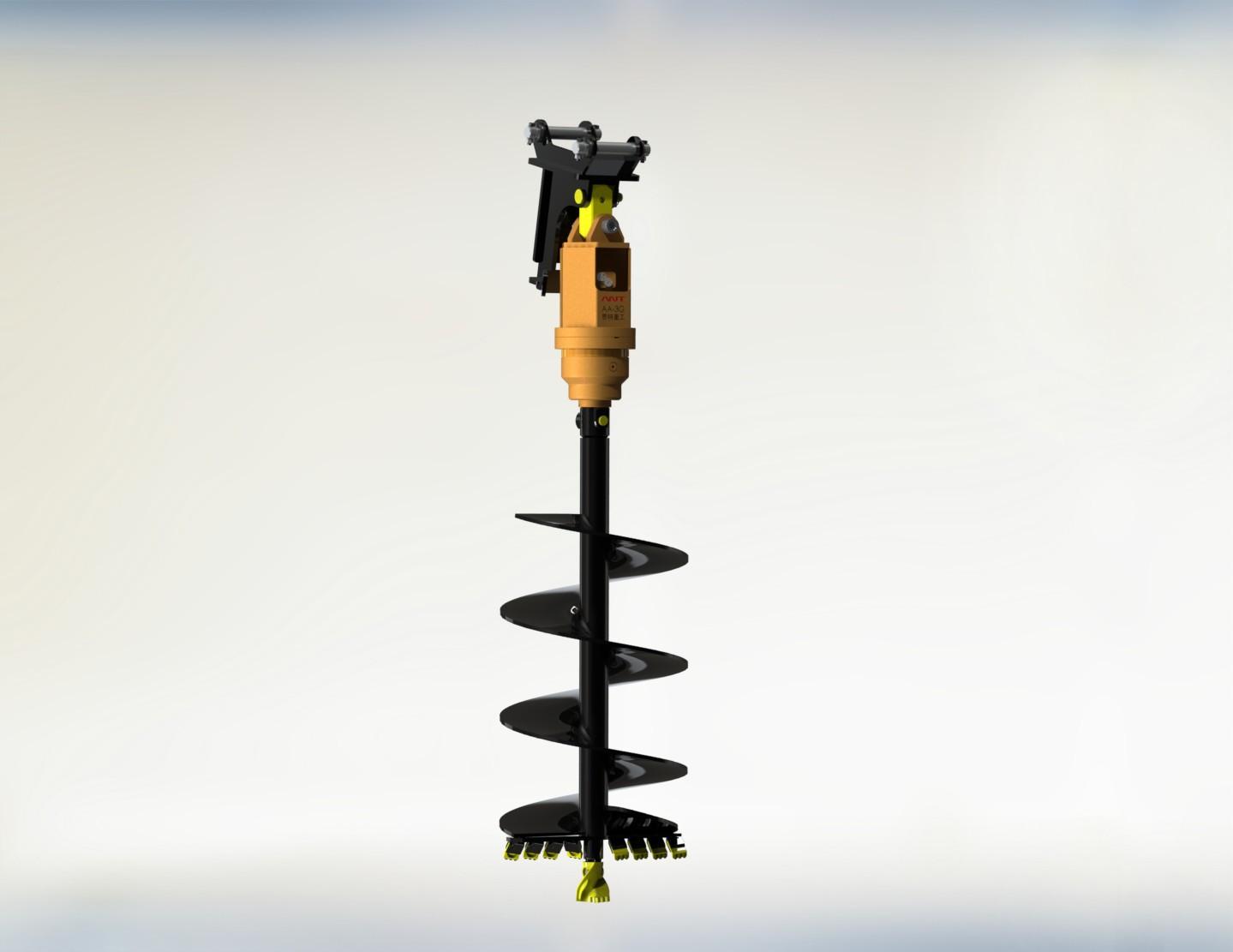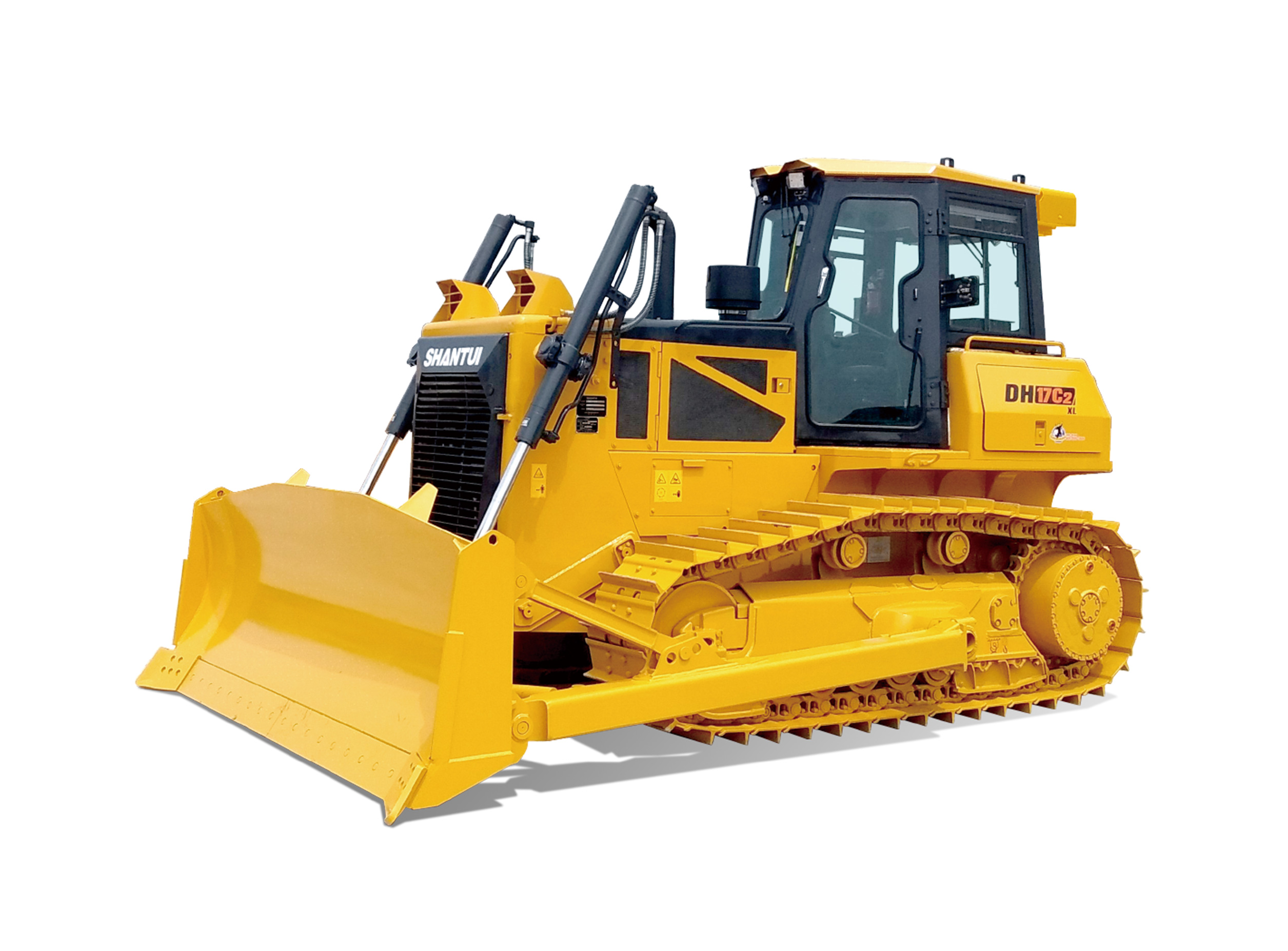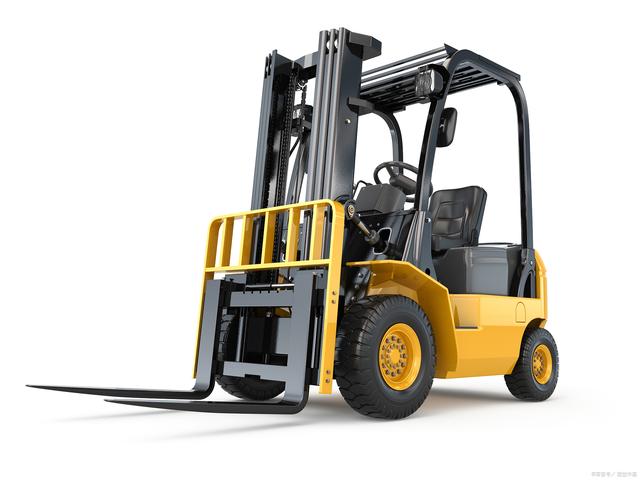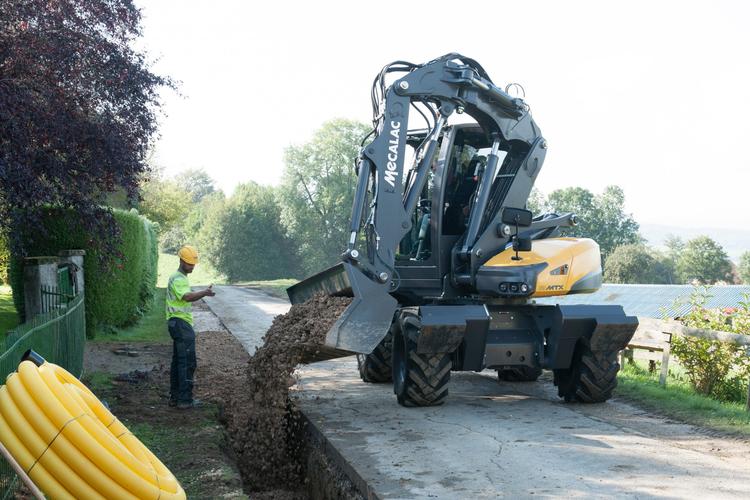A tractor hydraulic system is an important component of a tractor that helps in the smooth functioning of various attachments and implements that are used in farming and construction work. Hydraulic systems are used in tractors because they are capable of producing high amounts of power and torque that can easily operate heavy attachments such as cultivators, plows, and loaders. In this article, we will discuss the working principle of a tractor hydraulic system.
Components of a Tractor Hydraulic System
A tractor hydraulic system comprises various components that work together to provide the necessary power for lifting, lowering, and moving attachments and implements. The main components of a hydraulic system are the hydraulic pump, hydraulic valve, hydraulic cylinder, and hydraulic fluid. The hydraulic pump helps in converting mechanical power into hydraulic power and sends it to the hydraulic valve. The hydraulic valve is responsible for controlling the flow of hydraulic fluid to the hydraulic cylinder, which then converts the hydraulic power back into mechanical power to operate various attachments and implements. The hydraulic fluid is used to transmit power and also acts as a lubricant to keep the components running smoothly.
Working Principle of a Tractor Hydraulic System
The working principle of a tractor hydraulic system is based on the fundamental concept of fluid mechanics, which states that fluids are not compressible and can be used to transmit power. When the tractor engine is running, it drives the hydraulic pump that creates a high-pressure fluid flow. The fluid is then directed towards the hydraulic valve, which controls the flow rate and direction of the fluid to the hydraulic cylinder. The hydraulic cylinder converts the hydraulic energy from the fluid into mechanical energy, which is used to move the attachment or implement. The direction of the movement is determined by the position of the hydraulic valve, which controls the flow of fluid to either side of the cylinder. When the valve is activated, the fluid flows to the appropriate side of the cylinder, causing it to move in the desired direction.
Advantages of a Tractor Hydraulic System
The advantages of a tractor hydraulic system are many. It has the ability to provide high power and torque, which makes it suitable for operating heavy attachments and implements. It is also very efficient, as it can transmit power over long distances without any loss. Hydraulic systems are easy to maintain and repair, and the hydraulic fluid is readily available. Another advantage is that hydraulic systems can be used in a variety of applications, including tractors, excavators, bulldozers, and many more.
Conclusion
A tractor hydraulic system is an essential component of a tractor that allows it to operate various attachments and implements. The hydraulic system works on the principle of fluid mechanics and consists of various components such as the hydraulic pump, hydraulic valve, hydraulic cylinder, and hydraulic fluid. Hydraulic systems have many advantages, such as high power and torque, efficiency, ease of maintenance and repair, and versatility. Having a good understanding of how a tractor hydraulic system works is essential for anyone involved in farming or construction work.












